From the icy fjords of Scandinavia to the sun-soaked coastlines of South America, fish has played a starring role in culinary traditions for centuries. Across cultures, this versatile protein takes on countless forms—grilled, stewed, raw, cured, or fried—often paired with locally cherished spices, ingredients, and techniques. These dishes don’t just satisfy the palate; they tell stories of history, migration, geography, and innovation, reflecting the soul of their respective cuisines.
Whether it’s the delicate precision of Japanese sashimi or the hearty depth of a French bouillabaisse, international fish cuisine showcases how one ingredient can be transformed into masterpieces of vastly different character. In each case, the fish serves as both canvas and subject, absorbing and enhancing the flavors that surround it. And as the world becomes more connected, these once-local specialties are finding enthusiastic audiences far from their places of origin.
This article takes you on a journey through 11 standout fish dishes, each distinct in flavor, preparation, and cultural context. Every recipe is a celebration—some simple and streetwise, others complex and ceremonial—but all are must-try experiences for any curious eater. Let’s dive into the global sea of flavor.
1. Ceviche — Peru’s Citrus-Kissed Ocean Treasure
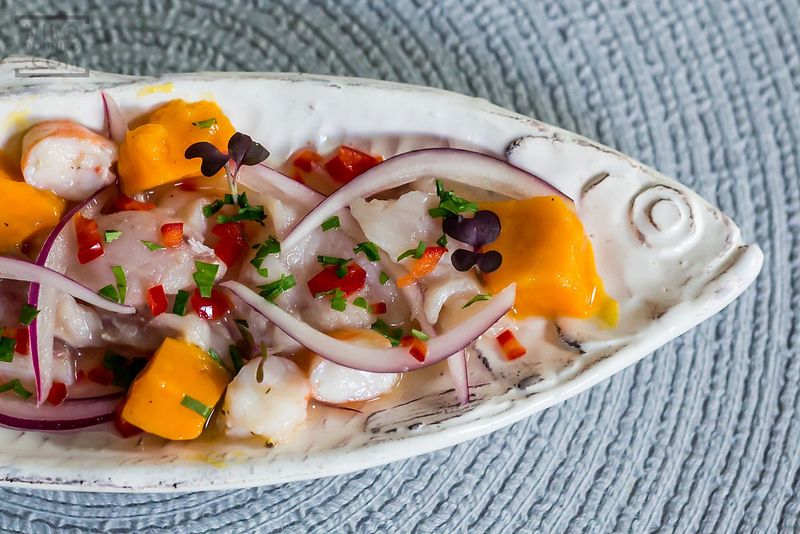
Sparkling with acidity and bold aromatics, ceviche is Peru’s iconic coastal dish, renowned for its bright, refreshing profile. Raw white fish—commonly sea bass—is sliced thin and marinated in freshly squeezed lime juice, which effectively “cooks” the fish through a process called denaturation. Red onions, cilantro, and chili peppers add punchy layers of flavor, while sweet potato or corn offer a balancing sweetness. This dish is typically served chilled, making it especially popular in hot climates where cool meals are welcome. Its origins trace back to ancient Incan preparations, later influenced by Spanish citrus introductions. Over time, ceviche has evolved into countless regional variations across Latin America, though Peru still holds claim to its purest form. Celebrated on “National Ceviche Day,” it’s a point of pride and a culinary ambassador of Peruvian identity.
2. Fish and Chips — Britain’s Beloved Seaside Classic
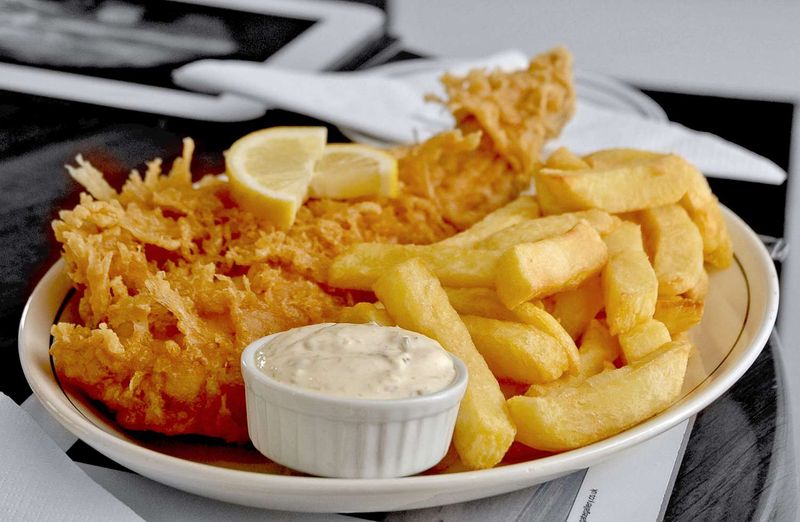
The combination of battered white fish, usually cod or haddock, paired with thick-cut fried potatoes is both simple and deeply satisfying. Crispy on the outside and flaky on the inside, the fish is best enjoyed with a generous dash of malt vinegar and a dollop of tartar sauce. Originally sold in paper wrappings from humble chip shops, this meal became especially popular during the Industrial Revolution. It provided affordable, filling sustenance to workers and quickly embedded itself into British cultural identity. Today, it remains a staple of seaside towns and pubs, often accompanied by mushy peas or pickled onions.
3. Sushi — Japan’s Artful Raw Fish Tradition
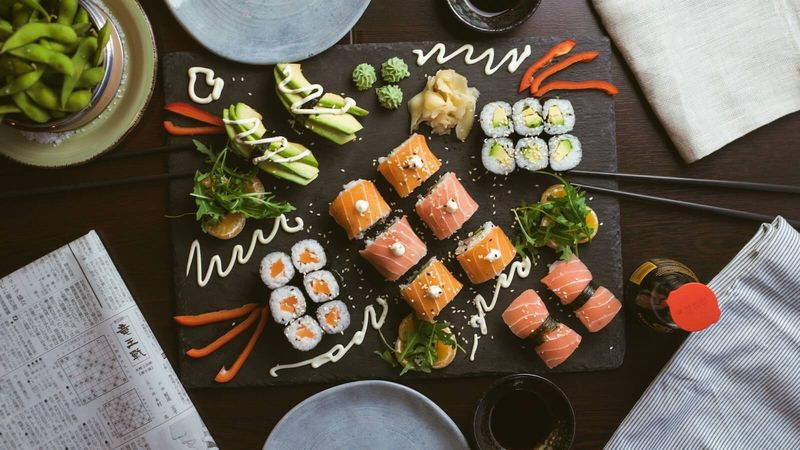
Exquisite in form and flavor, sushi—especially nigiri and sashimi—demonstrates the Japanese reverence for balance, simplicity, and craftsmanship. Nigiri consists of carefully molded mounds of vinegared rice topped with thin slices of raw fish like tuna or salmon, while sashimi omits the rice entirely, presenting the fish in its purest form. Every piece is sliced with precision to enhance texture, mouthfeel, and taste. Rooted in ancient preservation techniques, sushi evolved over centuries from fermented rice dishes to the elegant bites seen today. It is often accompanied by soy sauce, pickled ginger, and wasabi, which act as condiments to cleanse the palate and enhance flavor. In Japan, sushi is more than food—it’s an art form and a ritual, particularly when served at omakase-style counters by skilled chefs. Globalized yet traditional, it offers a refined window into Japanese culinary philosophy.
4. Bouillabaisse — Marseille’s Fragrant Fisherman’s Stew
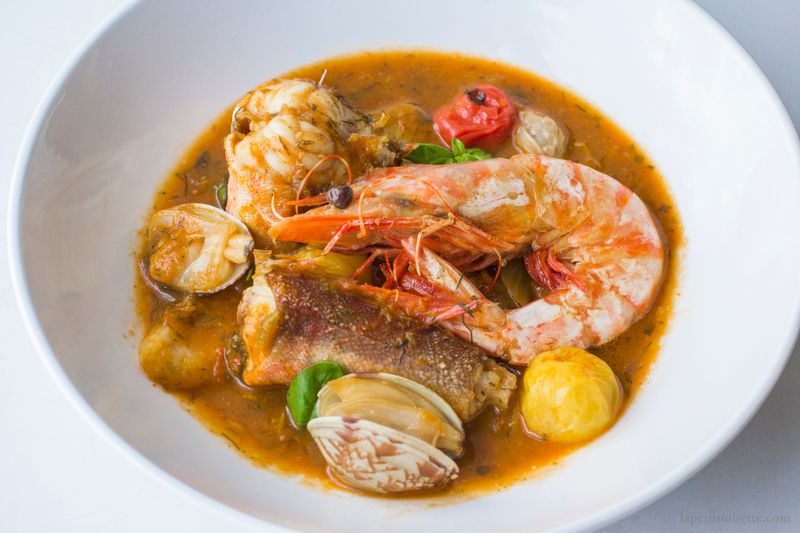
Originating in the port city of Marseille, bouillabaisse is a luxurious fish stew born from humble beginnings. Traditionally prepared by fishermen using unsold or bony catch, it features an assortment of Mediterranean fish, such as rascasse or monkfish, simmered in a broth infused with saffron, fennel, tomatoes, and orange zest. The resulting soup is both fragrant and full-bodied, rich with Provençal character. It’s usually served with toasted bread and rouille, a garlicky mayonnaise-like spread, for dipping. The complexity of the broth belies its rustic roots, making it a dish that bridges everyday sustenance and special occasion fare. Chefs often refine and reinterpret bouillabaisse in fine dining, but its soul remains in its connection to the sea and to the fishermen who first crafted it. Warm, comforting, and steeped in tradition, it’s a true expression of French coastal cuisine.
5. Moqueca — Brazil’s Coconut-Infused Fish Symphony
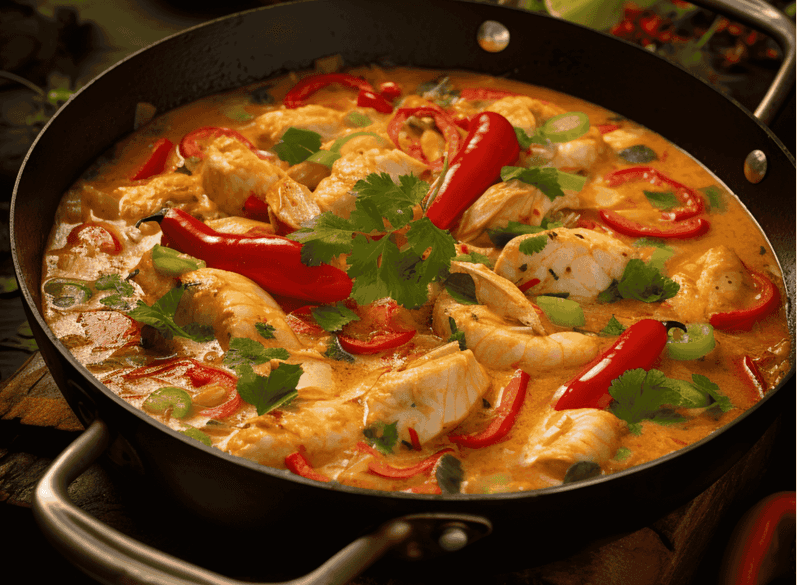
Bursting with tropical flavor, moqueca is Brazil’s signature fish stew, a colorful and aromatic dish rooted in Afro-Brazilian heritage. Made with firm white fish like snapper or grouper, it’s simmered slowly in a fragrant blend of coconut milk, tomatoes, bell peppers, onions, and dendê (palm) oil. Cilantro and lime add brightness, creating a perfect harmony of savory and citrus. Regional versions vary: Moqueca Baiana from Bahia includes African influences and bold spices, while Moqueca Capixaba from Espírito Santo is lighter and uses olive oil. Both styles are typically served with rice and farofa, a toasted cassava flour topping that adds crunch. The dish is often shared during family gatherings or celebrations, reinforcing its communal spirit. Its warmth, depth, and unmistakable aroma make it a culinary hug in a bowl.
6. Paksiw na Isda — The Philippines’ Tangy Vinegar-Braised Fish
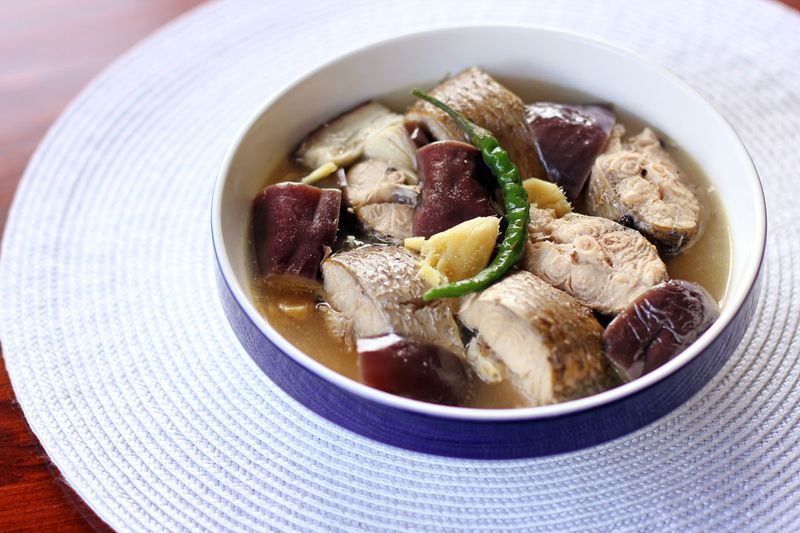
In the Filipino kitchen, paksiw na isda holds a place of cozy familiarity, combining sharp tang with earthy comfort. The dish features fish—often bangus (milkfish)—braised in vinegar, garlic, and ginger, sometimes with added vegetables like eggplant or bitter melon. It delivers a bold sourness softened by the savory infusion of spices, ideal for eating with warm steamed rice. Its origins lie in traditional Filipino methods of preserving food in vinegar to combat tropical heat. Paksiw is as much a technique as a recipe, allowing for countless household variations depending on region and family tradition. The name itself means “to cook in vinegar,” highlighting its defining element. Served hot or cold, it provides a bracing and memorable flavor profile that reflects the Filipino love for sour-savory contrast.
7. Pescado a la Veracruzana — Mexico’s Colonial-Inspired Coastal Creation
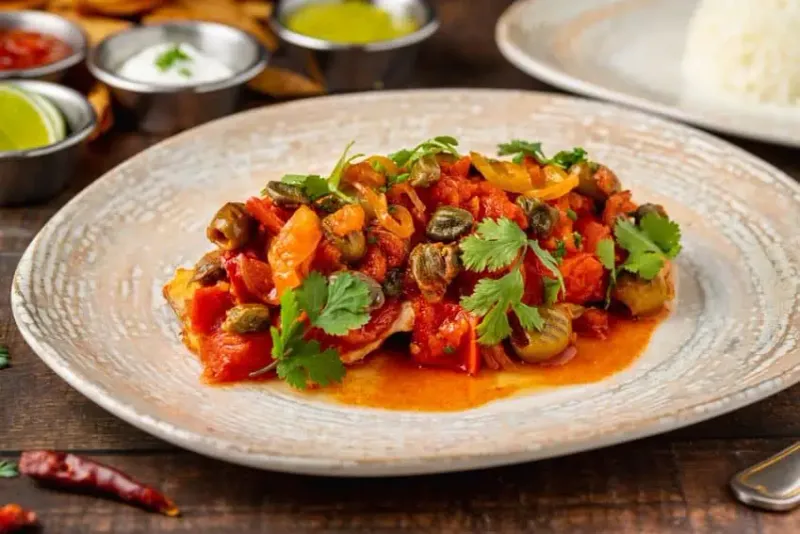
Colorful and layered with flavor, pescado a la veracruzana represents the coastal fusion of indigenous Mexican and Spanish cuisines. At its core, the dish features a whole or filleted white fish, often red snapper, baked in a rich tomato-based sauce with olives, capers, onions, and pickled jalapeños. The use of Mediterranean elements like capers and olives was introduced by Spanish settlers and seamlessly integrated into local cooking. Traditionally served during holidays or family feasts, it’s as much a visual centerpiece as it is a flavorful main course. The sauce is tangy, savory, and slightly sweet, making it ideal for spooning over rice or fresh tortillas. It’s a showcase of how colonial influence and native ingredients can create a harmonious culinary legacy. Pescado a la veracruzana remains a beloved staple of the Gulf Coast region and beyond.
8. Gravlax — Scandinavia’s Dill-Infused Cured Salmon
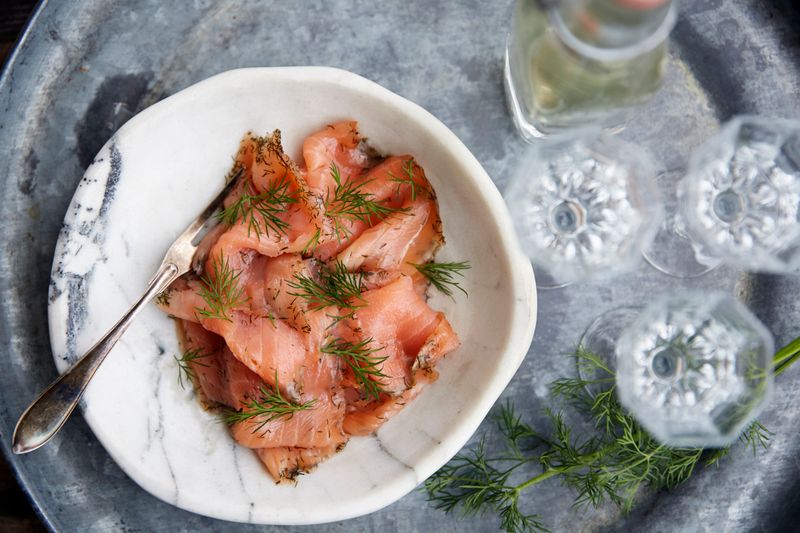
Silken in texture and subtle in taste, gravlax is Scandinavia’s elegant answer to cured fish. Made by rubbing raw salmon with a mixture of salt, sugar, and fresh dill, the fish is then pressed and refrigerated for several days to cure. This process draws out moisture while infusing flavor, resulting in a melt-in-your-mouth delicacy often served thinly sliced. Traditionally accompanied by a mustard-dill sauce and dark rye bread, it’s a dish that graces festive tables from Sweden to Norway. Gravlax originated as a preservation technique used by fishermen who buried the fish in sand (“grav” meaning grave, “lax” meaning salmon). Today, it’s a refined appetizer or brunch offering that requires no cooking, just patience and quality ingredients. Clean, cool, and herbaceous, it embodies the minimalist elegance of Nordic cuisine.
9. Ikan Bakar — Indonesia’s Spice-Kissed Grilled Fish
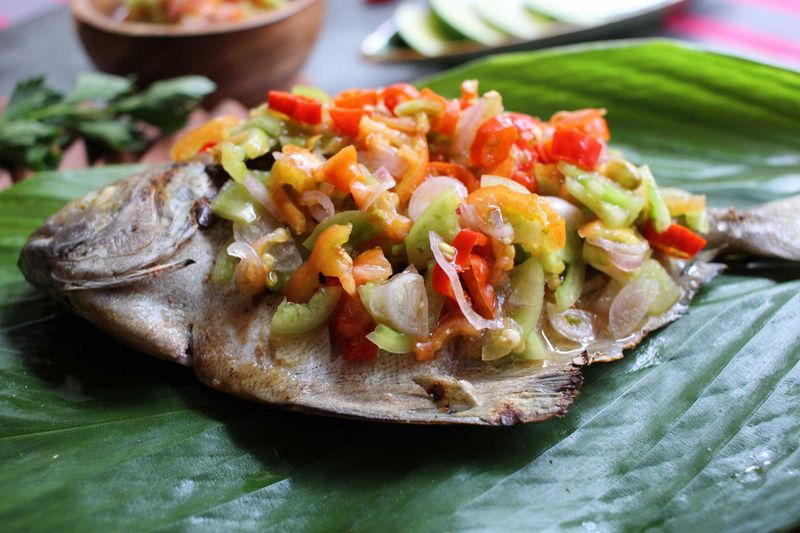
Fiery, smoky, and intensely flavorful, ikan bakar is a grilled fish dish popular across Indonesia and Malaysia. Fresh whole fish like snapper or mackerel is marinated in a spicy paste of turmeric, lemongrass, garlic, tamarind, and chilies, then grilled over charcoal. The charring imparts a deep smokiness that balances the bold marinade beautifully. Each region has its own variation, with some using banana leaves to wrap the fish before grilling, which locks in moisture and adds a subtle earthiness. Served with rice and sambal, it’s often eaten communally with hands, enhancing the sensory experience. Ikan bakar is a common feature at night markets, beachside stalls, and festive gatherings. Spicy, vibrant, and irresistibly aromatic, it captures the exuberance of Southeast Asian street food.
10. Sinigang na Isda — The Philippines’ Sour Tamarind Fish Soup
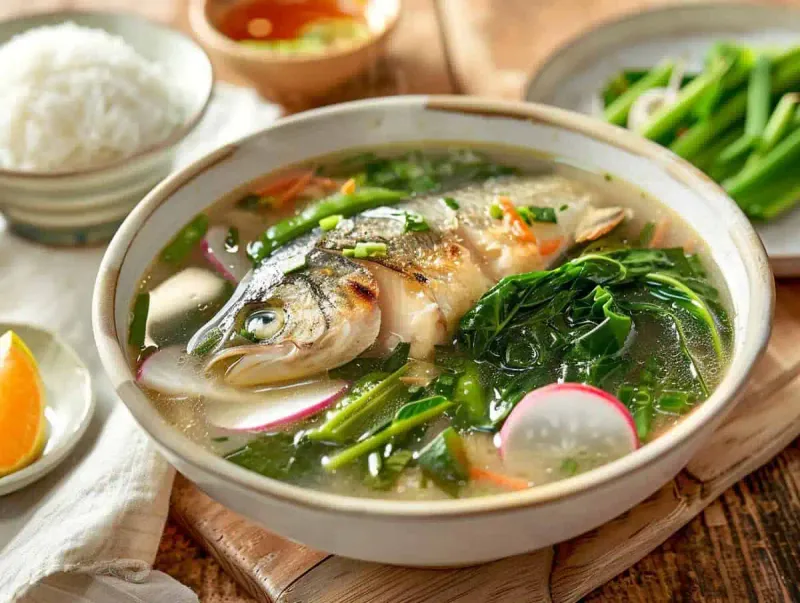
Sinigang is the Philippines’ iconic sour soup, and when made with fish, it becomes a light yet hearty comfort meal. The broth is soured with tamarind, calamansi, or green mangoes, creating a distinctively tangy base that defines the dish. Vegetables like tomatoes, water spinach, radish, and eggplant enrich the soup with color and texture. Fish such as bangus or tilapia is gently poached in the broth, retaining its tenderness and absorbing the vibrant flavors. The result is a clean, refreshing soup with a complex depth that’s neither heavy nor bland. Often served piping hot with steamed rice, sinigang is a staple of the Filipino dining table. It adapts beautifully to the seasons, ingredients, and even moods of those who cook it.
Leave a comment